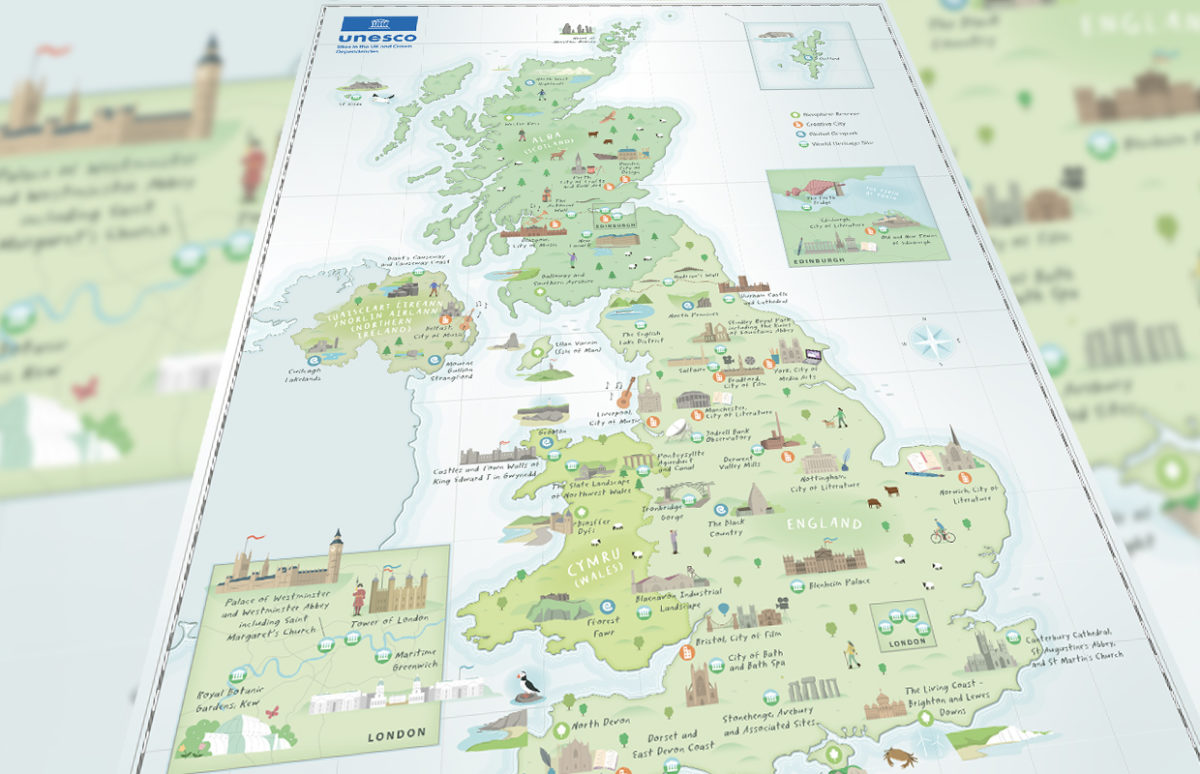
This resource focuses on an illustrated map, leaflet and website detailing the 58 sites in the UK which UNESCO has honoured with status Biosphere Reserve, Creative City, Global Geopark or World Heritage Site. This document can be studied from many different points of view and levels. We chose to target A2 students with a dual … Continue reading “Beautiful Britain: Discover the U.K.’s UNESCO sites”

Hogmanay is the name for New Year’s Eve in Scotland. It was traditionally a much bigger celebration than Christmas in Scotland, and is still a big event. It’s associated with many traditions, some which will seem familiar and some specific to Scotland. As with new year celebrations in many cultures, it’s considered bad luck to … Continue reading “Happy Hogmanay!”
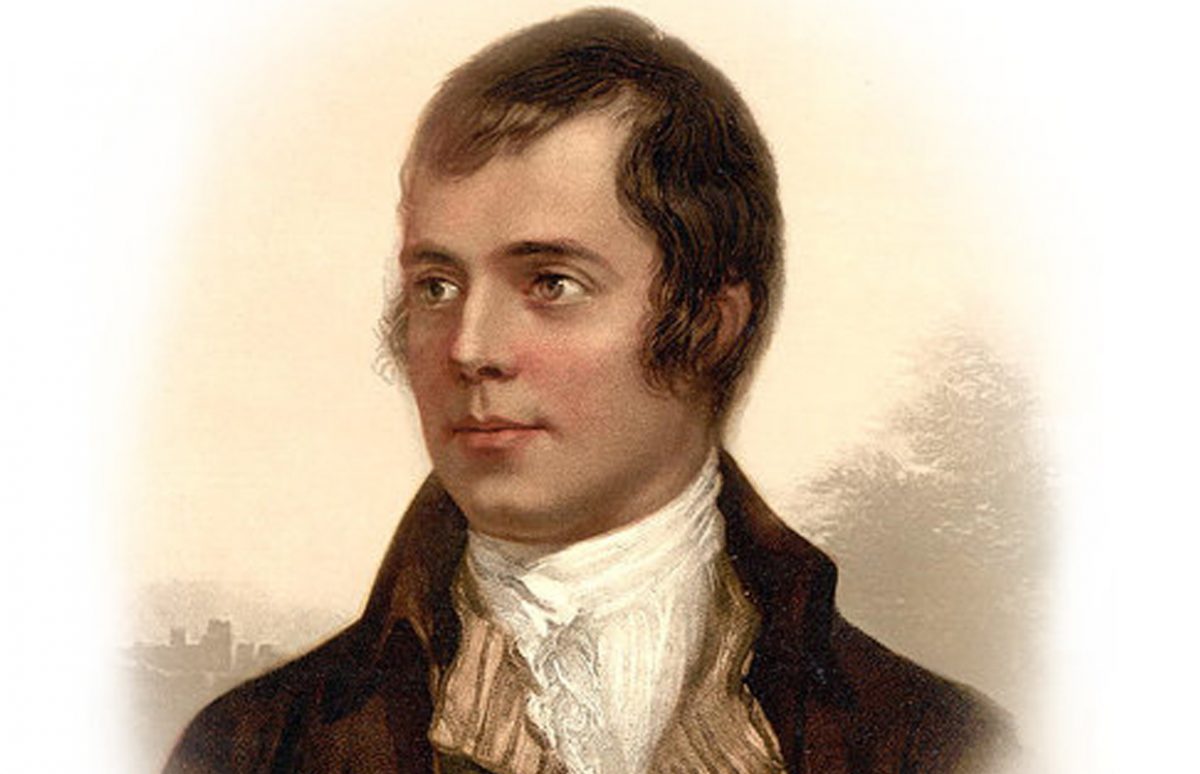
Not many countries have an annual celebration of their national poet. In fact not all countries have a national poet. But Scotland does and millions of people around the world celebrate him on Burns Night every 25 January. The adoption of Robert Burns (1759-1796) as national poet was a natural, organic process born or real … Continue reading “Toasting Robert Burns”
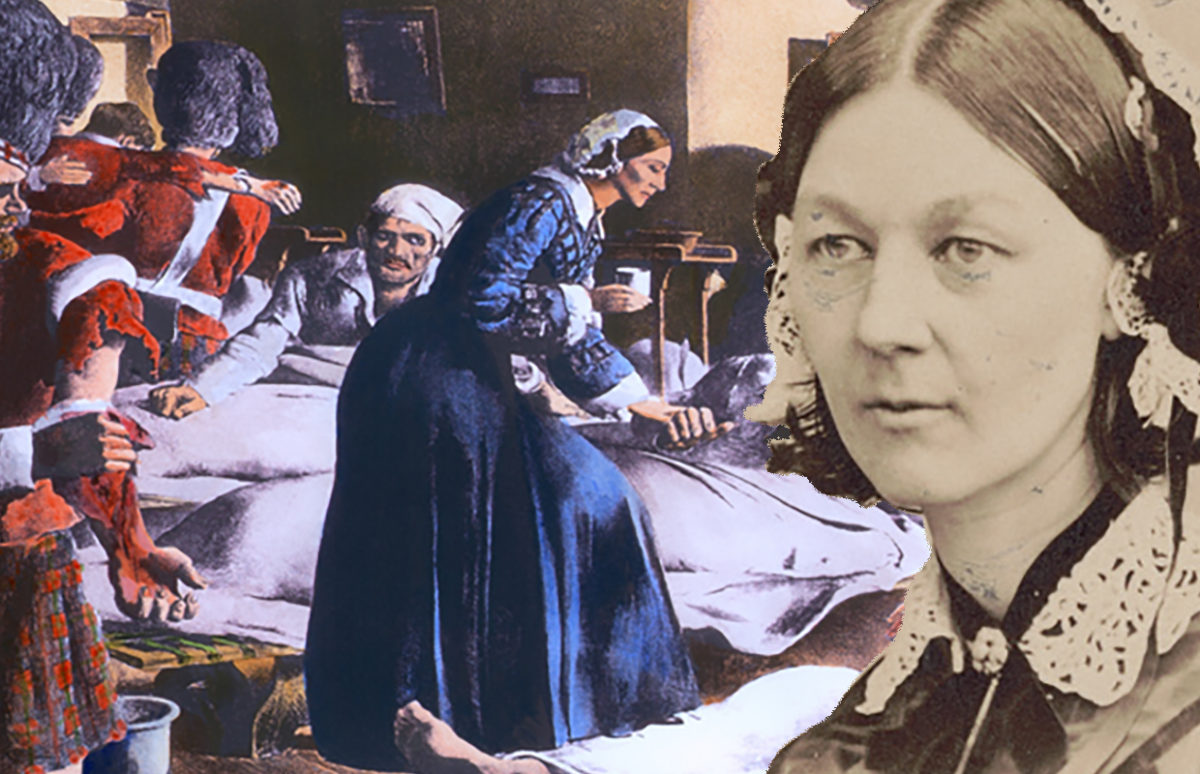
Florence Nightingale is one of Britain’s most recognisable names. The Victorian nursing pioneer and statistician left an indelible mark on the world of medicine. The first woman ever to be featured on a British banknote, her influence is such that 200 years after her birth, the emergency hospitals created for the coronavirus pandemic in the … Continue reading “Florence Nightingale: Nursing Pioneer”
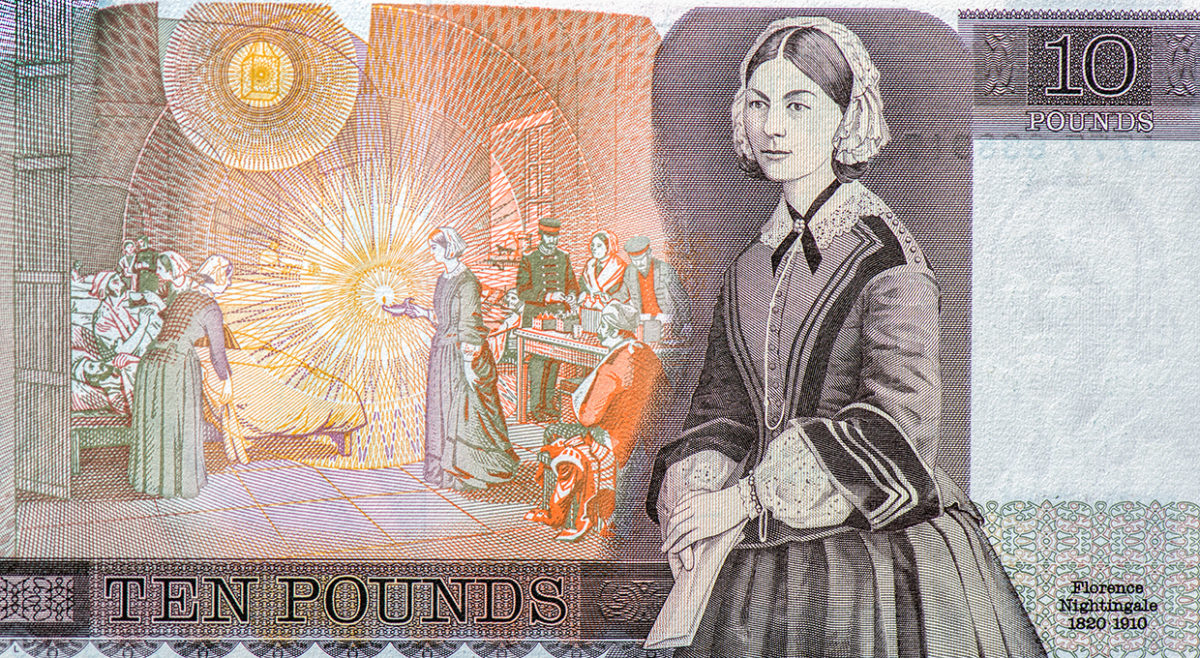
2020 is Florence Nightingale’s bicentenary. After she and a team of nurses managed to significantly reduce the death count by improving the appallingly unsanitary conditions at a British hospital during the Crimean War, she became an authority on public sanitation issues. She also earned a reputation for her statistician’s skills, and her charts would influence … Continue reading “Florence Nightingale”
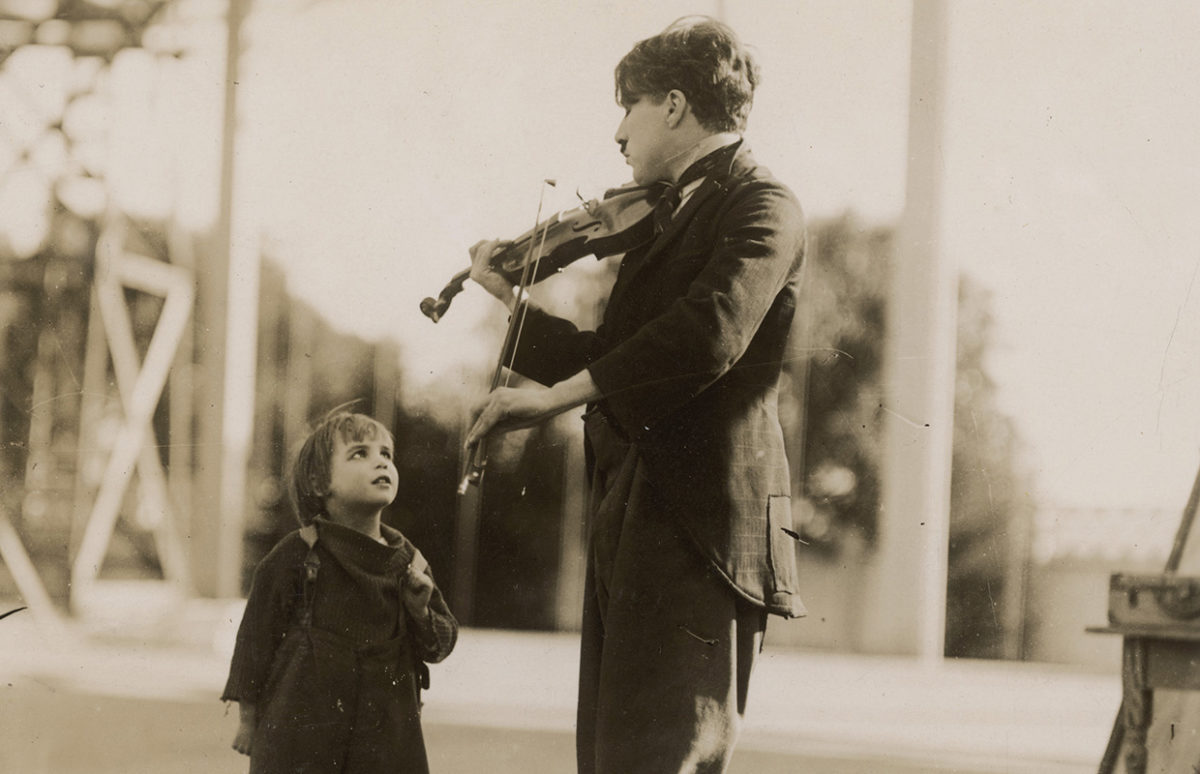
In this A2 article, your students will learn about Charlie Chaplin’s life and films, and about the importance of music in both his life and his art. Although he could not read music, he was able to compose and play the violin by ear, and even direct an orchestra. Most of his films were silent, … Continue reading “Charlie Chaplin: Music Man”
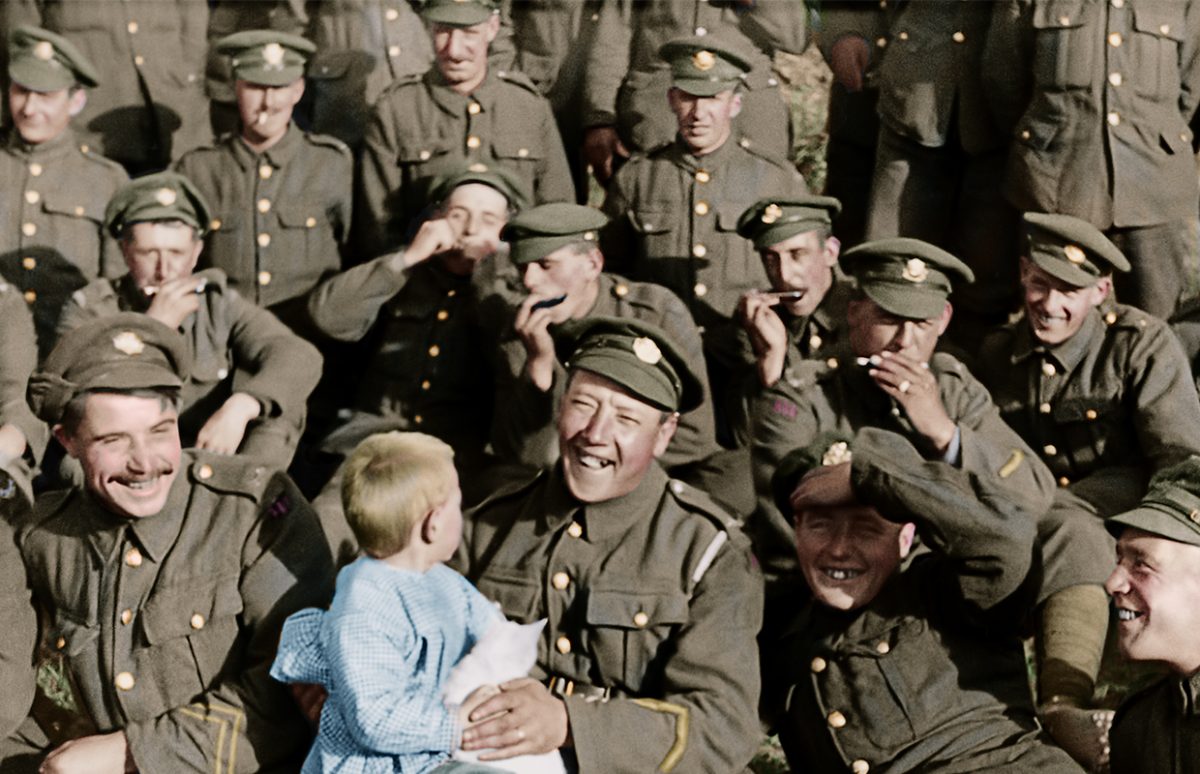
This A2+ level article is an opportunity to mention the 100th anniversary of the end of WWI and see how Anglophone countries commemorate their fallen soldiers. It can be used as additional input to what the students study in History. It can also raise the interest of some students to watch the archive film “They … Continue reading “Remembering British WWI Soldiers”

The House with a Clock in its Walls is a new film adapted from a classic of American children’s literature. This sequence uses one of the film’s trailers to work on Halloween vocabulary and revise clothes vocabulary with A1+ students. Language and structures : a/an plural of nouns pronunciation of the plural “s” ending invariable adjectives … Continue reading “The House with a Clock in its Walls”

Mandela Day, 18 July, is a United Nations International Day in honour of Nelson Mandela. The date is his birthday, and 2018 marks the centenary of his birth. As well as our Ready to Use Resource and BioBox quiz, here are some online resources for classroom use about Mandela Day. Our downloadable BioBox quiz is … Continue reading “Mandela Day Digital Resources”

Civil-rights leader Dr Martin Luther King, Jr, was assassinated in Memphis, Tennessee, on 4 April 1968. To commemorate the fiftieth anniversary of King’s death, this B1 sequence will allow pupils to explore his life and legacy. After briefly sharing what they already know about this inspiring figure, students will watch a video and learn more … Continue reading “Martin Luther King Slideshow”














